Some of us are really good at it, others are not.
Read on as we explore the techniques, tools and tips needed to create the perfect photographic portrait.
Cameras for Portrait Photography
There is no such thing as the right camera for portrait photography.

In some cases, even an iPhone can be competitive against a pricey, dedicated alternative.
Digital SLR cameras feature interchangeable lenses and flashes that can be swapped to suit the needs of the photographer.
Even then, most modern DSLRs feature an automatic mode which will certainly get you by when taking portraits.
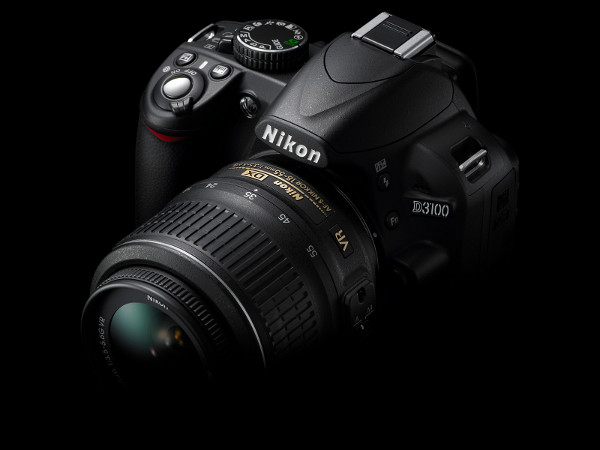
The ability to change lenses and flashes provides a lot of power for a photographer that well explore later.
While point-and-shoot digital cameras are more limited than DSLRs, they still produce an image of admirable quality.
But every camera, even the most advanced DSLR, has trouble in low-light scenarios.
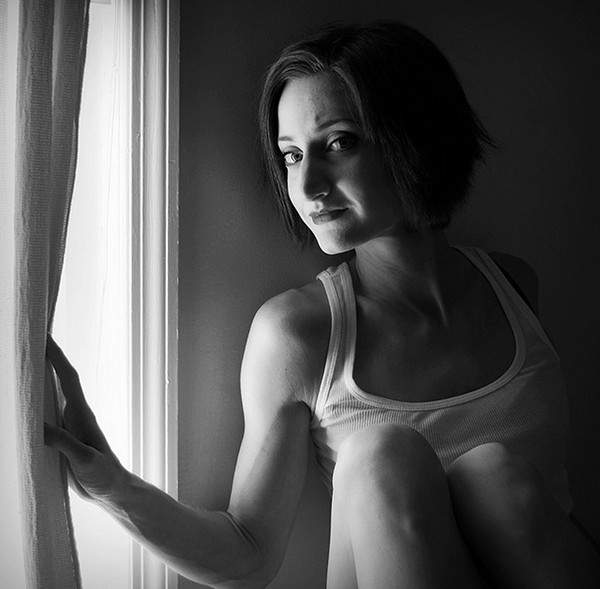
Its important to think about how the lighting will be handled by your camera and adjust accordingly.
Its a well-known discipline that most photographers, portrait or otherwise, utilize regularly.
Background
What is behind your subject is often just as important as the subject itself.
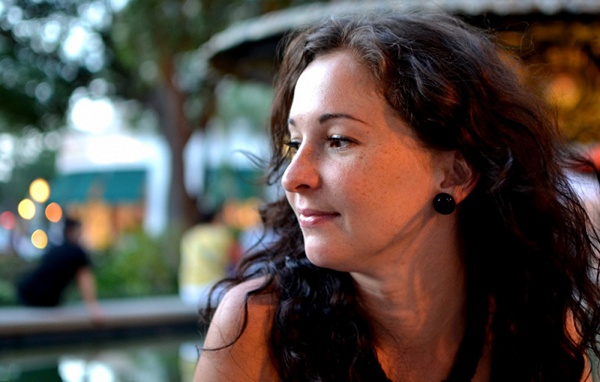
A good pose in a messy room still makes for a bad portrait.
A wall with a nice texture, from brick to wallpaper, can be a great background.
A cityscape or a forest can make for a great background.
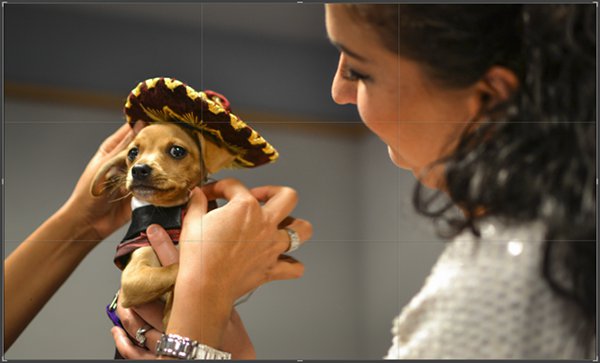
This background blur is called bokeh, and is a revered term amongst professionals and hobbyists alike.
Framing
What you include in your frame and where you place your subject are very important.
By placing his holder on the right third, the image feels more dynamic and the scene is established.
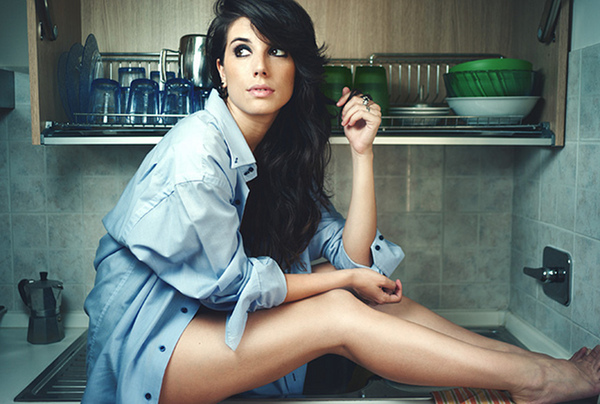
A dead-center shot of Jones would not have the same balance, the same emotion as this one.
Tip:Most cameras have built-in guides for the rule of thirds in the viewfinder.
Use those to help you balance your subject off of center.
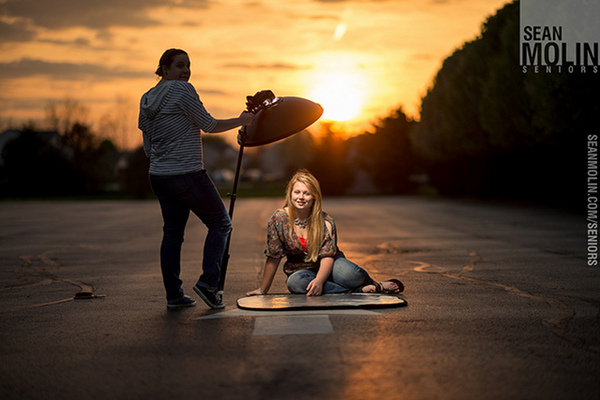
If you dont see them, you may be able to manually turn them on in your cameras controls.
I often suggest that a model loosens up and then tries a series of poses.
When I see something I like, I give them encouragement and ask them to hold a specific pose.

If you are shooting a model, dont overstep your bounds with your encouragement.
Use language youd use with a stranger on the street, not someone you know intimately.
Never touch your model unless theyve given you permission to do so.
The interaction between a photographer and the subject is one way that distinguishes portrait photography from any other style.
Snap away during these few minutes and talk to your subject about everyday subjects.
Youll often find that these set up images show your subjects natural personality.
These can often make for the best shots of the session, especially with a nervous subject.
you could do this by using flash photography or reflecting the available light onto your subject.
Diffused light is soft light, and there are tools photographers can use to diffuse their light sources.
Aone-light portraitwith an off-camera flash can be all you gotta create stunning, professional-quality portraits.
Then it’s possible for you to experiment with truethree-point lightingtechniques.
Also, even well-lit photographs can have lighting imbalances that take away from an images purity.
Most of the time, these can be handled in premium tools likePhotoshopor free tools likeGIMP.
In Photoshop, thespot healing brushcan be a gem for pimples, age lines and loose hairs.
Other jobs may require theclone stamp tool, which samples from one part of the image to replace another.
Since photographic technique is largely the work of practice and more practice, youll find the same of Photoshop.
Fortunately, you’re able to learn plenty about photoshop and its use without leaving your system.
Photographic technique is a harder hill to master.